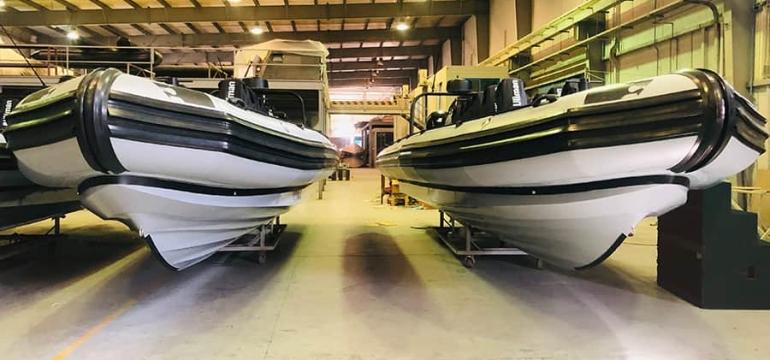The A, B, C of Boating or Most important boating terms at your fingertips
The A, B, C of Boating or Most important boating terms at your fingertips
Have you ever found yourself in a situation similar to this one: You are on the boat and the captain of the boat (referred to as a skipper in boating terms) tells you: “You can find the lifevest in the stowage under the gunwale from the port side” If you have, we feel for you and if you haven’t, consider yourself lucky as we know how it can be frustrating to not being able to communicate properly especially when you are in the middle of the sea. To avoid this situation and bring you up to speed with your boating speaking fluency, we put together the most important terms for you to know in this glossary.
Top terms that describe the main parts of the boat:
Hull: It is the body of the boat. It is the main physical part of the boat that sits in the water.
Deck: It is the roof of the hull.
Chine: is the sharp change in angle in the cross section of a hull. “ASIS Boats’ RIBs have unique reverse chines that are sharp and angled, which allows the hull to cut through the waves without getting passengers wet.”
Console: It is the area above the deck or cockpit where all the controls are located, including the steering, ignition, GPS and other electronic devices, switches etc. It may have a small storage space.
Bow: Refers to the front end of a boat.
Stern: Refers to the rear end of a boat.
Starboard: When looking forward towards the bow of a boat, starboard refers to the right side of a boat.
Port: When looking forward towards the bow of a boat, port refers to the left side of a boat.
Transom: It is a critical part of the hull. The port and starboard sides of your boat are connected by the transom, which is located at the stern of your boat.
Propeller: A propeller is a device with a rotating hub that is part of the engine. It has radiating blades that are set at a pitch to form a helical spiral, that when rotated performs a rotational motion of the blades.
Stern drive: Also known as an inboard/outboard drive (I/O) is a form of marine propulsion which combines inboard power with outboard drive so it has an outboard lower unit which connects up through the transom of the boat to an inboard diesel or gas engine.
Sponsons: A sponson is a feature on any watercraft that extends from the hull or other part of the vessel to aid in stability while floating, or to act as a securing point for other equipment.
Berth: It is a sleeping area on a boat and a place where a boat is tied up
Helm: The area of a boat where the steering and engine controls are located
Top RIB terms:
Cleat: Top RIB terms:
Stowage: Amount of room available for stowage materials aboard a boat. It is the storage available to put important boating gear.
Gunwale or Gunnel: It is the top edge of the hull of a boat. Originally, the gunwale of a boat was the part of the deck where the guns were mounted.
Lifelines: It is a line or rope for saving life as one attached to a lifeboat or a lifejacket.
T-top: A T-top is a type of top for center console boats that is built with a “T” shaped structure when viewed from the side. The top is tall enough to stand under, and provides shade and rain protection for 2 or more passengers at the boat’s helm.
Top Nautical Directions Terms:
Underway: When a boat is moving, either by motor or wind, this is called being “underway.”
Astern: Refers to a boat moving in a backwards position (reverse).
Mooring: A place where a boat may be moored, which means a place where a boat can be tied so it cannot move away, or the object it is tied to.
Top Boat Measurements Terms:
Beam: It’s width at the widest point, the more narrow it is when compared to length generally the faster the ship was designed to go but with a loss of stability.
Draft: It is the distance from the waterline to the bottom of the hull. In other words, the draft measure indicates how much of the boat is physically in the water.
Freeboard: The distance between a boat’s waterline and the top of its gunwales.
top of its gunwales


